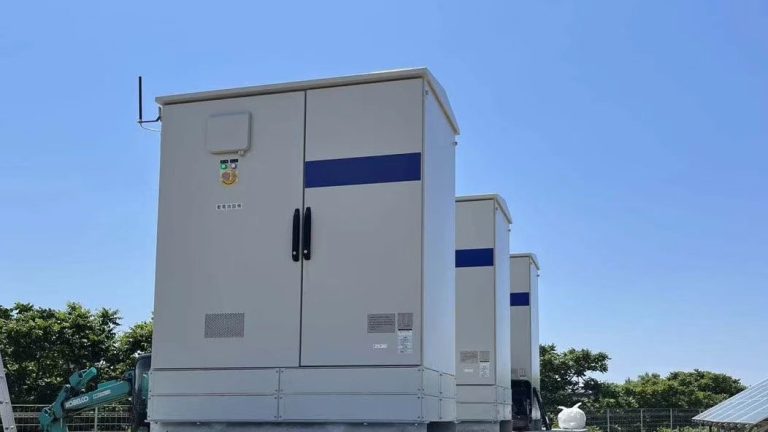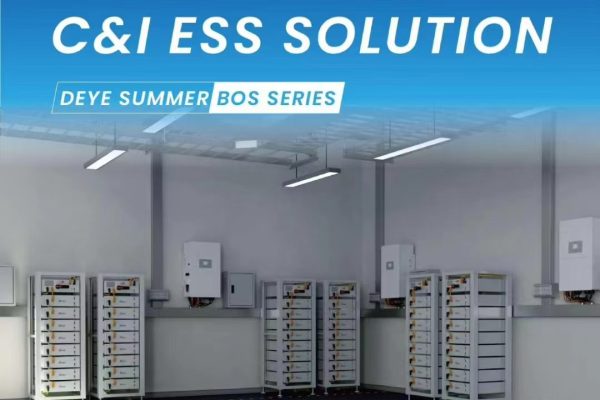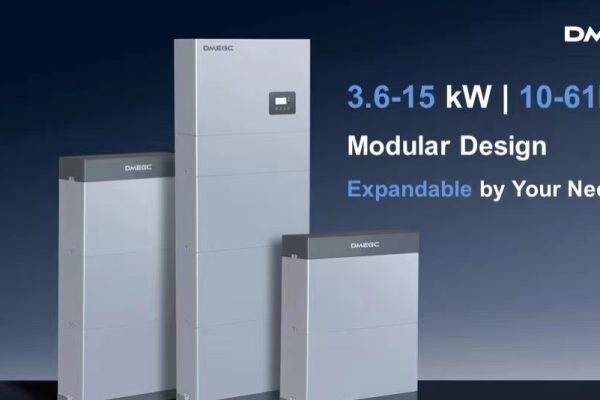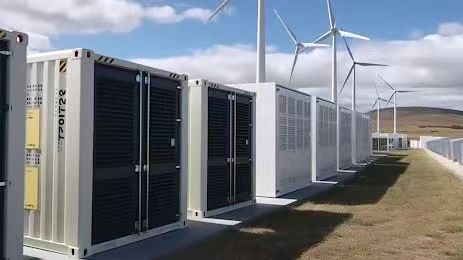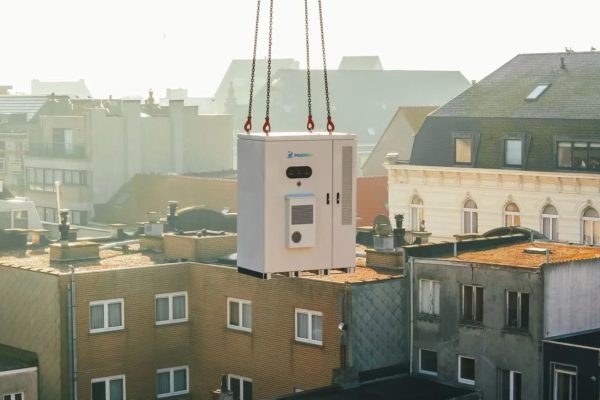Industrial facilities face a unique challenge: their thermal loads — both heating and cooling — are often more energy-intensive and harder to manage than electrical loads. Factories with refrigeration, air compressors, furnaces, or HVAC systems experience sharp peaks that strain both the grid and their own electrical infrastructure.
Traditional peak shaving strategies focus on electrical demand only, overlooking the thermal side of the equation. However, by integrating energy storage — both electrical and thermal — industrial users can now achieve significant cost reduction, improved process stability, and optimized energy utilization.
This article introduces a replicable hybrid heat/cold load management strategy supported by energy storage systems, shares a real industrial case, and explores key technical insights for practical implementation.
1. The Challenge of Industrial Thermal Loads
Industrial energy consumption typically breaks down into:
- Process heat (30–50%) – boilers, ovens, drying systems
- Cooling & refrigeration (20–30%) – cold storage, injection molding, precision manufacturing
- Electrical equipment (20–40%) – motors, pumps, lighting, electronics
While electrical demand is visible and easily measured, thermal load fluctuations are often hidden but equally impactful. For example, when multiple chillers start simultaneously, the resulting inrush current can trigger grid penalties or voltage drops.
Without proper management, this leads to:
- High demand charges from utilities
- Reduced equipment efficiency
- Increased maintenance costs
- Temperature instability affecting product quality
2. A Replicable Energy Storage-Based Load Management Architecture
The key is to integrate electrical storage (battery) and thermal storage (heat/cold buffer) under a unified control system.
Core Architecture
- PV System (Optional): Provides renewable input during daytime
- Battery Energy Storage (50–500 kWh): Handles peak electrical loads
- Thermal Energy Storage (TES): Water tanks, PCM units, or ice batteries for cold/heat buffering
- Energy Management System (EMS): Predicts load patterns, controls charge/discharge, and coordinates chillers or heaters
Control Logic
- During low demand / off-peak hours:
- Battery charges using grid or PV power
- TES stores thermal energy (e.g., ice or hot water production)
- During peak load hours:
- Battery discharges to reduce electrical peaks
- Thermal storage supplies cooling or heating instead of running compressors or boilers
- During normal operation:
- EMS dynamically balances battery and TES to maintain process stability and minimize cost.
This hybrid load-shifting approach directly targets both electrical and thermal peaks, providing a truly integrated energy optimization framework.
3. Case Study: Hybrid Cold Load Management in a Food Processing Plant
Background
A mid-sized food processing factory in Eastern Europe operated large refrigeration systems that caused daily demand spikes around noon and in the evening. Utility demand charges accounted for over 25% of the monthly electricity bill.
The Challenge
- Cooling load fluctuated between 80–150 kW
- Grid connection limited to 250 kVA
- Need to reduce peak demand without compromising cooling stability
The Solution
A modular hybrid storage system was implemented:
- 100 kWp rooftop PV array
- 200 kWh LiFePO₄ battery system (two 100 kWh racks)
- Ice-based thermal storage tank (4 hours equivalent cooling capacity)
- Central EMS platform integrating electrical and thermal control
The EMS algorithm prioritized thermal storage charging during low-cost hours (23:00–06:00) and released stored cooling during daytime peaks.
Results
Within the first six months:
- Peak demand reduced by 28%
- Overall energy cost reduced by 15%
- Refrigeration system runtime reduced by 20%, extending compressor lifespan
- System uptime: 99.9%
The system paid back in 3.5 years and became a reference model replicated by two nearby plants in the same industrial park.
4. Technical Highlights
a) Dual-Layer Storage Coordination
Unlike purely electrical systems, dual-layer setups coordinate battery discharge and thermal discharge simultaneously. The EMS calculates “equivalent electrical power” for stored cold or heat, optimizing total load smoothing.
b) Predictive Energy Management
AI-based forecasting within the EMS uses:
- Historical load patterns
- Real-time production schedules
- Weather forecasts (affecting cooling/heating loads)
This predictive approach increases load-shifting accuracy by up to 15–20%, avoiding unnecessary cycling and energy waste.
c) Modular Scalability
Both the battery and TES modules can be added in parallel.
- Battery expansion: Add 50–100 kWh racks easily
- Thermal expansion: Add additional 2–5 m³ water or PCM tanks
This modular structure enables gradual investment without redesigning the system — ideal for factories with seasonal or evolving production capacity.
d) Reliability and Maintenance
All components — PCS, EMS, and TES pumps — are designed for redundant operation. Predictive maintenance via EMS ensures fault detection (e.g., pump failures or temperature deviations) before they cause downtime.
5. Practical Implementation Lessons
- Thermal inertia is an advantage. Cold or hot water tanks act as “passive batteries” — use them strategically for load shifting.
- Avoid oversizing batteries. Use TES for bulk energy shifting; batteries should handle only rapid response and grid smoothing.
- Ensure EMS integration. Separate controllers for thermal and electrical systems lead to inefficiency; unified logic is key.
- Monitor heat loss/gain. Proper insulation ensures thermal storage retains 90%+ of its capacity over 24 hours.
- Start small and scale. Pilot systems under 300 kWh / 100 RT cooling often achieve ROI faster than large-scale deployments.
6. Economic and Operational Metrics
| Parameter | Typical Range for Hybrid Heat/Cold Storage Systems |
|---|---|
| Battery capacity | 100–500 kWh |
| Thermal storage capacity | 3–10 hours equivalent |
| Peak demand reduction | 20–30% |
| Energy cost savings | 10–20% |
| Payback period | 3–5 years |
| System uptime | ≥ 99% |
These figures are based on actual industrial deployments (food, beverage, and electronics manufacturing) between 2023–2024, where both process reliability and energy savings were achieved simultaneously.
7. Beyond Cost Savings: Process Stability and Sustainability
Well-managed heat and cold loads not only lower electricity bills but also enhance process quality and sustainability.
- Stable temperature control prevents production loss and improves product consistency.
- Reduced cycling extends equipment life and lowers O&M costs.
- Integration with PV and waste heat recovery supports decarbonization goals.
As carbon pricing and ESG reporting become mandatory in many regions, such integrated load management systems are gaining strategic importance.
Industrial heat and cold load management with energy storage marks a shift from reactive energy control to predictive, integrated optimization.
By combining battery systems, thermal storage, and intelligent EMS coordination, factories can flatten peaks, reduce energy bills, and stabilize critical processes — all through scalable, modular designs proven in real-world operation.
For EPCs, integrators, and energy managers, this approach represents a practical, high-impact pathway toward reliable, efficient, and sustainable industrial operations.





